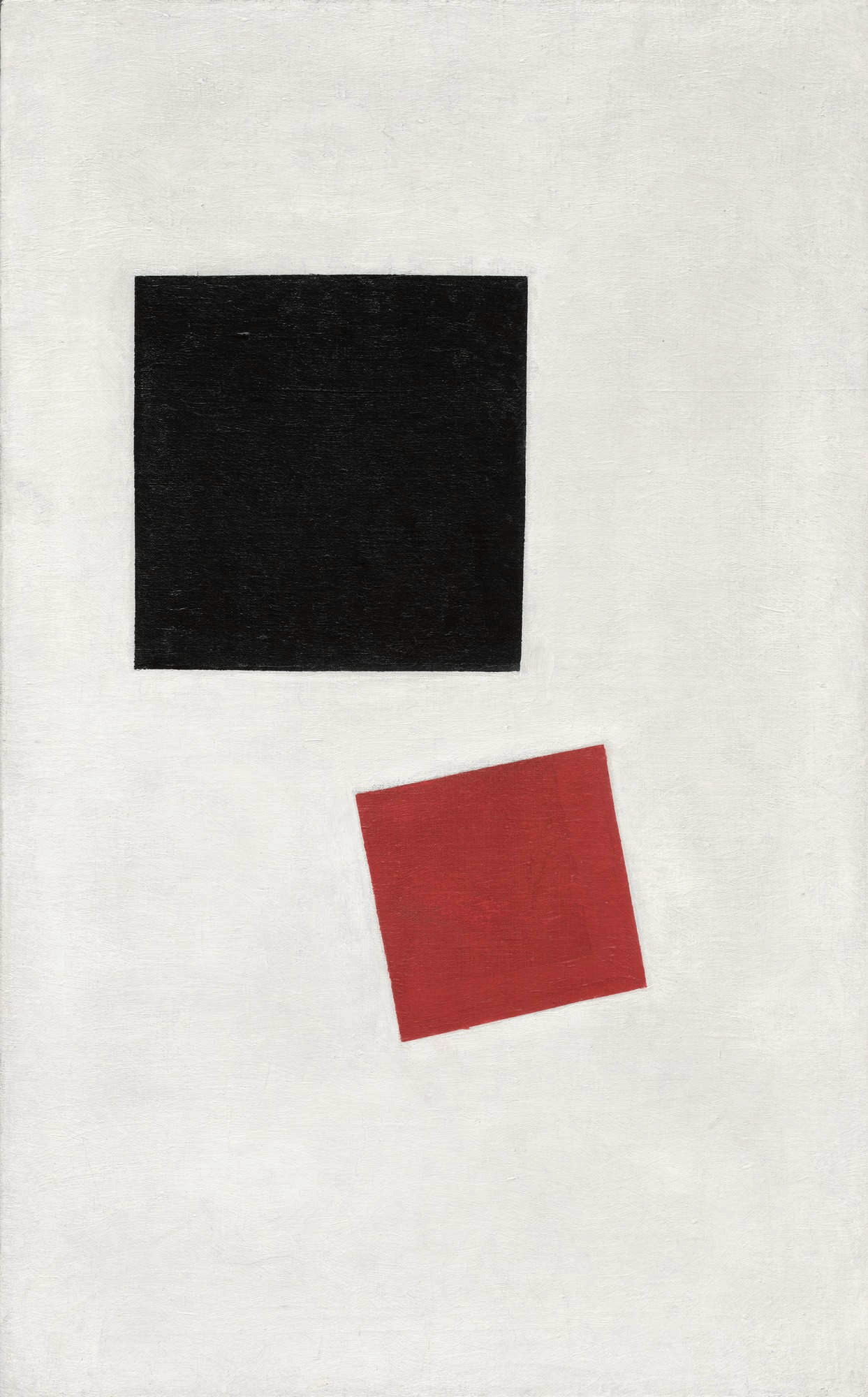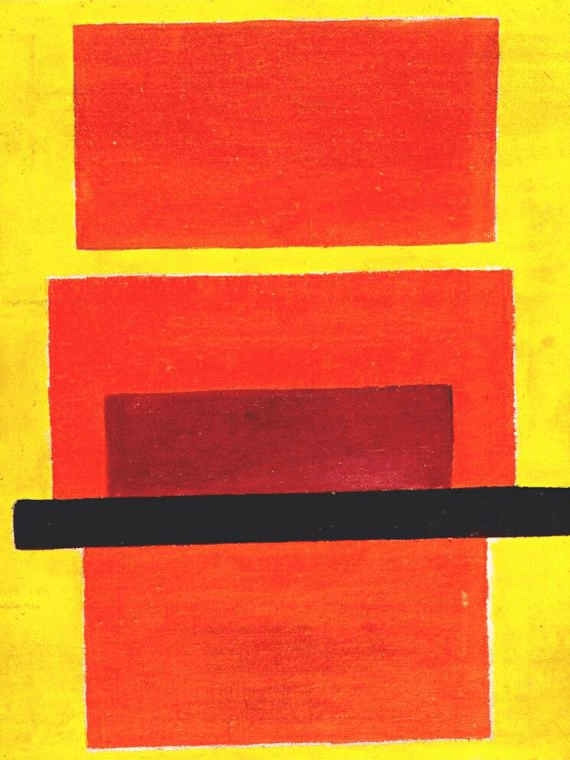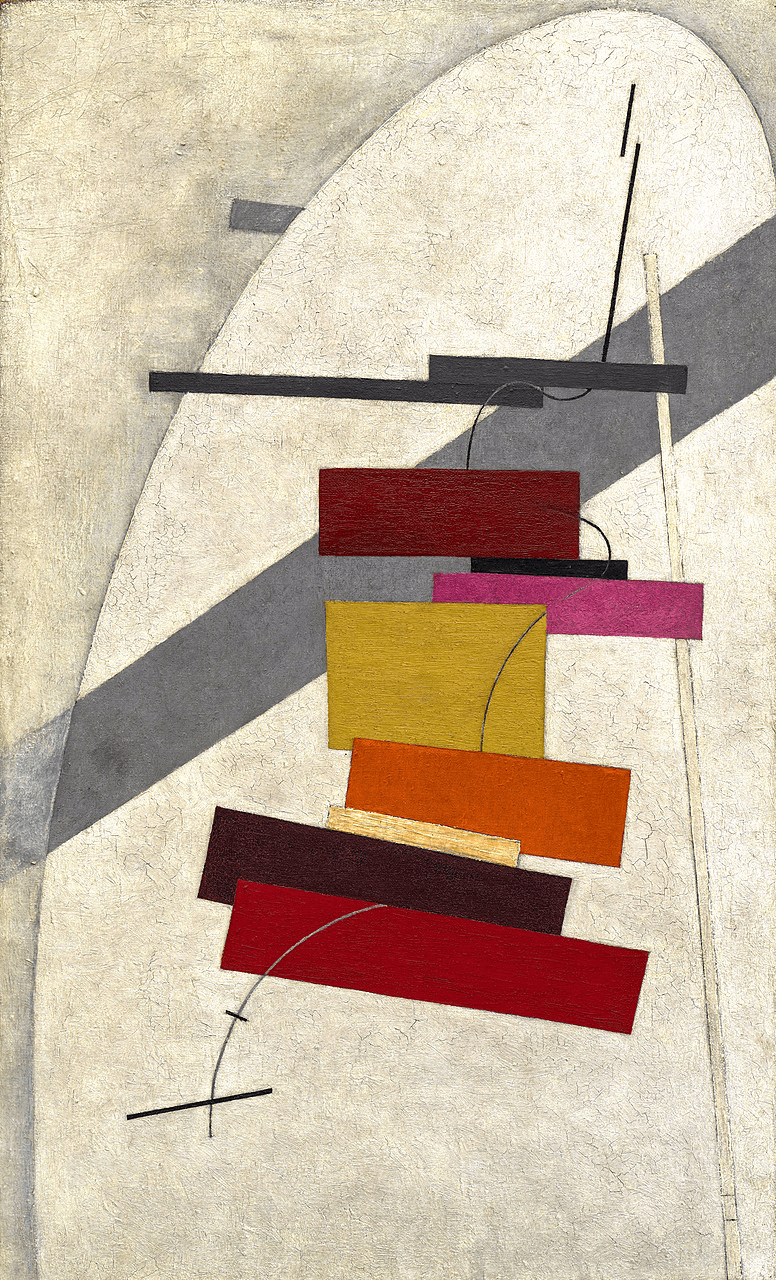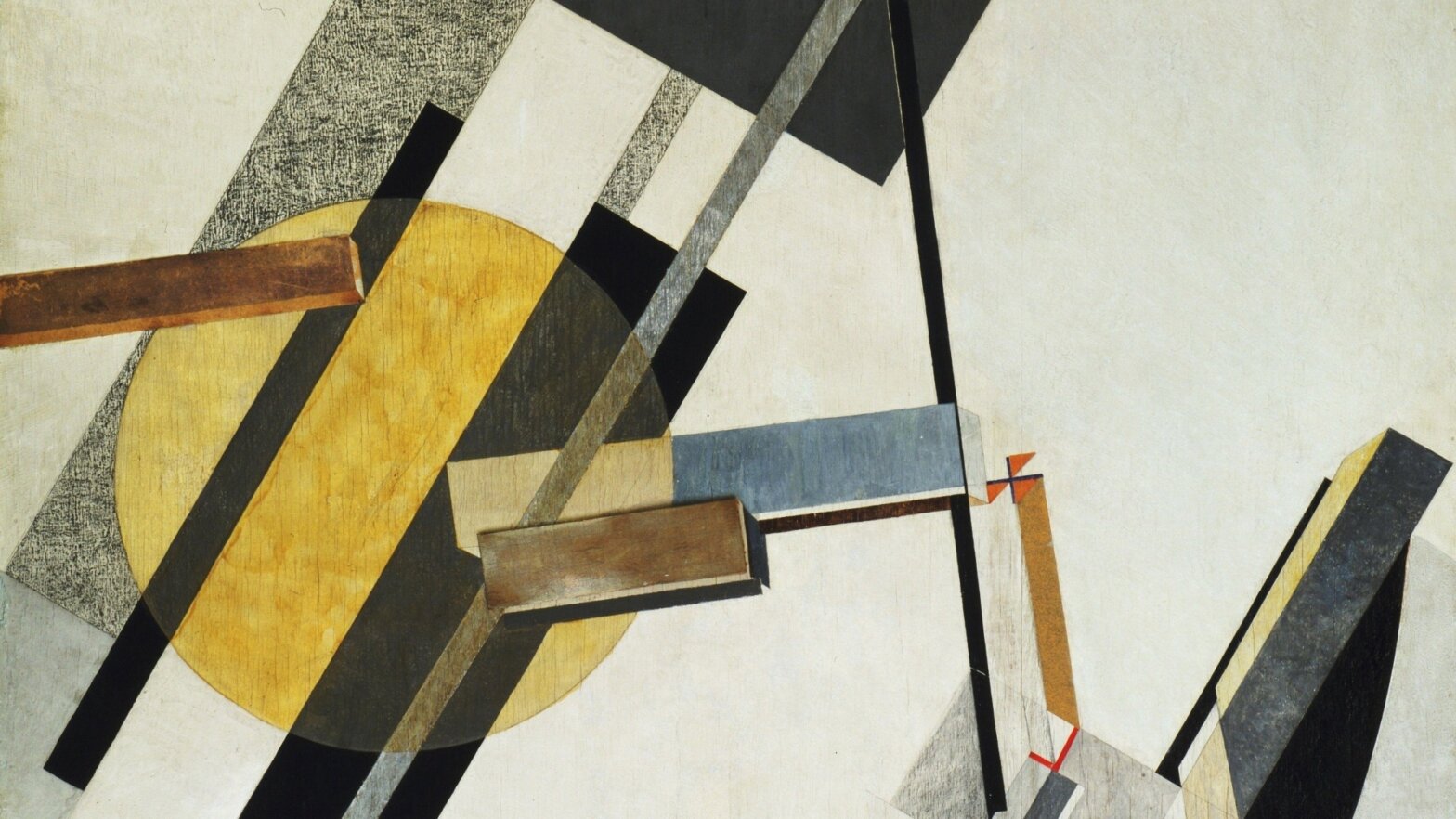What is suprematism in art? Don’t worry, it has nothing to do with supremacism. The suprematist art style is an important one with a storied history that requires a great deal of context to fully appreciate. We’ll get started with an overview definition before drilling down into the history of the movement, then we’ll wrap things up by looking at some of the most notable examples of suprematist art.
What is Suprematism
First, let’s define suprematism
Suprematism is far from being the only artistic movement worth researching and studying. Learn all about history's most important art styles and movements from our art styles index.
SUPREMATISM DEFINITION
What is suprematism?
Suprematism was an extremely stripped-down type of abstract art that aimed to pull back visuals as far as possible without removing them altogether. The movement was founded by Russian artist Kazimir Malevich in 1913 and lasted into the 1920s. The art style shares minimalist ideals and was restricted to incorporating only simple shapes and a limited color palette. Texture is an important component in many suprematist works, an element which can sometimes be difficult to experience without seeing the painting in person. The term suprematism was coined by Malevich because he believed the art style would be superior to all those that came before.
Suprematism was intrinsically linked to the Russian Revolution. The style expressed a desire for escapism as well as an idea of utopia expressed through minimalist visuals. Malevich remained the defining voice of suprematism for the entirety of the movement until Joseph Stalin rose to power in 1924 and set the nation’s art sensibilities down a different path.
Suprematism Art Movement Characteristics:
- Basic geometric shapes
- Limited range of colors
- Direct ties to the Russian Revolution
Suprematism Time Period
The origins of suprematism
When Kazimir Malevich started the suprematist art movement, he set out to create a new visual language that was entirely divorced from the realities of the world around him. Suprematist art was meant as a direct escape from the real world into a freedom found within the basic geometry of the paintings. Malevich described this as “pure feeling or perception in the pictorial arts.” Suprematism drew upon influences found in literary criticism and in avant garde poetry, one of many different styles of poetry.
Appreciating suprematism through context • characteristics of suprematism
In addition to pioneering the suprematist art style, Malevich also wrote and published the book, The Non-Objective World. This was a theoretical analysis on the nature of abstract art. Malevich’s numerous contributions to abstract art as a whole often earn him recognition as one of the broader art style’s most important voices.
Related Posts
Malevich Suprematism
Notable suprematist examples
The most famous examples of suprematist art all come from the founder of the movement himself, Kazimir Malevich. His two most well known pieces are the aforementioned White Square on White, described in the video above, and Black Square described in the video below.The Revolution of the Black Square • define suprematism
Another noteworthy work from Kazimir Malevich is this simplistic piece titled Black Square and Red Square. This painting is sometimes considered self-reflective of the suprematist movement with the squares representing the way suprematist artists reduce images down to the most basic geometric components possible.

Black Square and Red Square by Kazimir Malevich • suprematist painting
Malevich was the dominant figure in suprematism for the entirety of the movement, and the majority of notable Suprematist pieces are attributed to him, but he was not the ONLY suprematism artist who garnered notoriety for his work. Next, let’s examine a couple of examples from other suprematists.

Color Painting (Non-Objective Composition) by Olga Rozanova • What is Suprematism
Olga Rozanova stood out from other suprematists by widening the color palette while retaining an abstract focus on simplistic geometric shapes. The texture of a painting was of utmost importance to her. Rozanova drew inspiration from the textures of different fabrics and sought to replicate the feeling through paint.

Untitled by El Lissitzky • suprematism time period
This suprematist piece by El Lissitzky is untitled. Malevich was a direct mentor to Lissitzky, though Lissitzky did not share all of the ideals of Malevich and was not quite as extremely in his minimalism. Lissitzky would go on to become an important figure in De Stijl.
UP NEXT
What is De Stijl?
So, that is suprematism in a nutshell. But, suprematism is far from being the only artistic style worth researching and studying. De Stijl is more than just the name of the second White Stripes album, it’s also an important Dutch art movement. Learn everything you need to know about De Stijl, up next.
Up Next: What is De Stijl? →
Showcase your vision with elegant shot lists and storyboards.
Create robust and customizable shot lists. Upload images to make storyboards and slideshows.
